An independent, 7-month long-term test in the challenging North Sea area (6 inspections) confirms the effectiveness of F2 ECO: Macro-fouling remained exceptionally low (~ ≤10%) until the end, biofilm was easy to remove, and all colors performed equally well. An early, gentle "Early-Clean" (8–12 weeks) improves stability over the season.
Why This Report Is Important
If you want to protect your boat without using biocides, you need to prove two things:
- Limiting macro-fouling (barnacles, tube worms, mussels, etc.) and
- Easy cleaning of soft growth without damaging the coating.
This is precisely what ENDURES B.V. investigated on behalf of Ocean Coatings (the manufacturer of F2) in a long, real-world test. This independent study took place in the tidal harbor of Den Helder (North Sea) over 30 weeks with 6 inspections. Four F2 ECO colors (Bronze, Blue, Grey, Black) were tested in three replications and at three depths.
The F2 ECO Principle Explained
F2 ECO is not a classic (toxic) antifouling, but a hard, extremely smooth, low-energy surface—comparable to a high-quality non-stick layer, but eco-friendly: without silicone, PFAS/PTFE, or other toxins. Two effects work together:
- Poor Adhesion: Fouling organisms find little "grip" and, if they do attach, they do so weakly and superficially.
- Easy Release: Movement through the water, wave action, or a gentle wipe creates shear forces that remove early growth without damaging the coating. The result: Less hard growth (which really slows you down) and easy maintenance instead of annual repainting.
Macro-fouling vs. Biofilm
Biofilm/Soft growth = The slimy film and fine algae (e.g., micro/diatoms). This is often visually unsightly but hydrodynamically relatively harmless and can be wiped away easily.
Macro-fouling = The larger, hard-shelled organisms (> 1 mm): barnacles, tube worms, bryozoans, tunicates, mussels, or young seagrass. It's this heavy growth that F2 keeps very low—and that makes a huge difference in fuel consumption and speed.
Who Is ENDURES?
ENDURES B.V. is an independent marine research and consulting institute based in Den Helder, Netherlands. The team tests materials and coating systems under real-world marine conditions, focusing on biofouling, corrosion, and coating tests. Their clients include shipyards, shipping companies, coating manufacturers, and government agencies. For this test, ENDURES used a standardized panel setup in the Den Helder tidal harbor, with repeated lifting/photo sessions and evaluation according to recognized guidelines.
Test Design in 60 Seconds
- Location & Duration: Den Helder Harbour, July 2024 – February 2025 (7 months), six lifting/photo sessions (T1–T6).
- Panels & Evaluation: PVC panels, visual evaluation according to ASTM D6990 and ECHA guidance; macro-fouling (e.g., barnacles, tube worms, tunicates) clearly separated from biofilm/slime.
- Cleaning Test: After 18 weeks (T4), the bottom half of one replicate series per color was gently wiped four times with only seawater and a soft cloth, then observed for several more weeks.
The Most Important Results
Practical Conclusion: F2 ECO prevents thick, hard growth (critical hard fouling) and makes light slime easy to wipe away. All colors work equally well; an early, gentle clean-up keeps the surface permanently smooth.
1) Macro-fouling Stays Low
At the end of the exposure period, macro-fouling on F2 panels was limited to a maximum of ~10% (control panels without coating were extensively overgrown, especially with tunicates).
2) Colors Perform Equally
There were no significant differences in effectiveness between Bronze, Blue, Grey, and Black.
3) Fouling-Release in Practice
Especially at the beginning of the season (peak barnacle phase), barnacles often adhered only loosely; when the racks were lifted, they were already detached from the sides—an indication of the low surface energy of the F2 coating.
4) Cleaning: Biofilm Comes Off Easily, Hard Growth Holds Longer
The gentle clean (seawater + soft cloth) effectively removed biofilm and other soft growth. Hard growth (e.g., tube worms, bryozoans) initially remained in some spots.
In the weeks after cleaning (T5–T6), this hard growth did not increase further and adhered noticeably weaker. With normal travel through the water or a later gentle follow-up cleaning, it could be removed. Overall, the macro-fouling coverage on F2 remained very low compared to the uncoated control.
A Look at the Data
4 Weeks (T1): Lots of biofilm (peak season, warm water), controls with more severe algae/tunicate growth.
 8–12 Weeks (T2–T3): Partially detached barnacles/tunicates upon retrieval; controls almost completely overgrown.
8–12 Weeks (T2–T3): Partially detached barnacles/tunicates upon retrieval; controls almost completely overgrown.
 18 Weeks (T4): Cleaning test performed; before/after photos clearly show better cleanability of the F2 panels vs. the control.
18 Weeks (T4): Cleaning test performed; before/after photos clearly show better cleanability of the F2 panels vs. the control.
 26–30 Weeks (T5–T6): Despite thicker biofilm, macro-fouling remains low; no color differences.
26–30 Weeks (T5–T6): Despite thicker biofilm, macro-fouling remains low; no color differences.

Cleaning Test (T4): Methodology, Observations, Conclusions
In week 18, an early, gentle cleaning was simulated: The bottom half of one replicate series per color was carefully wiped four times while wet, using only seawater and a soft cloth. No additives or increased pressure were used. The goal was to test a practical "Early-Clean" that is realistic to perform on board.
Immediately after cleaning, it was clear that:
- Biofilm and other soft growth could be removed with minimal effort.
- Hard growth—like tube worms or bryozoans—remained in some isolated spots but showed a noticeably weaker adhesion than on uncoated control surfaces.
This is consistent with the fouling-release principle: the coating's low surface energy reduces firm adhesion, so early, low shear forces are enough to release initial colonizers.
In the following weeks (T5–T6), the cleaned areas remained visibly smoother and continued to show low macro-fouling. The results support a conservative practical recommendation: Depending on the area, a single "Early-Clean" after about 8–12 weeks is beneficial. A soft cloth/microfiber in the water or low-pressure water is a suitable method.
Your Season Plan with F2 ECO (Practical Guide)
- After Application: Let the coating cure according to the instructions and put the boat in the water.
- Week 8–12: A one-time "Early-Clean": wipe the hull in the water with a soft cloth/brush. The goal is to remove early biofilm to make subsequent colonization by macro-organisms more difficult.
- After that: Clean as needed depending on your area (often 1–2 times per season is enough).
- Winter Storage: No annual repainting is required; check the surface and clean spots as needed.
Note: Environments differ. Den Helder (North Sea) is a demanding test area—if a product performs well there, it will generally require less effort in many other locations.
Conclusion
The ENDURES test confirms what many boat owners report from practice: F2 ECO keeps macro-fouling exceptionally low and is easy to keep clean with very little effort. Combined with an early, single "Easy-Clean," the surface stays smooth for a long time.
Overall, this result—given the demanding environment, the stationary exposure of the panels, and the long test duration—is remarkably good and aligns with the system's objective: to keep hydrodynamic drag low and to simplify cleaning—all without biocides.
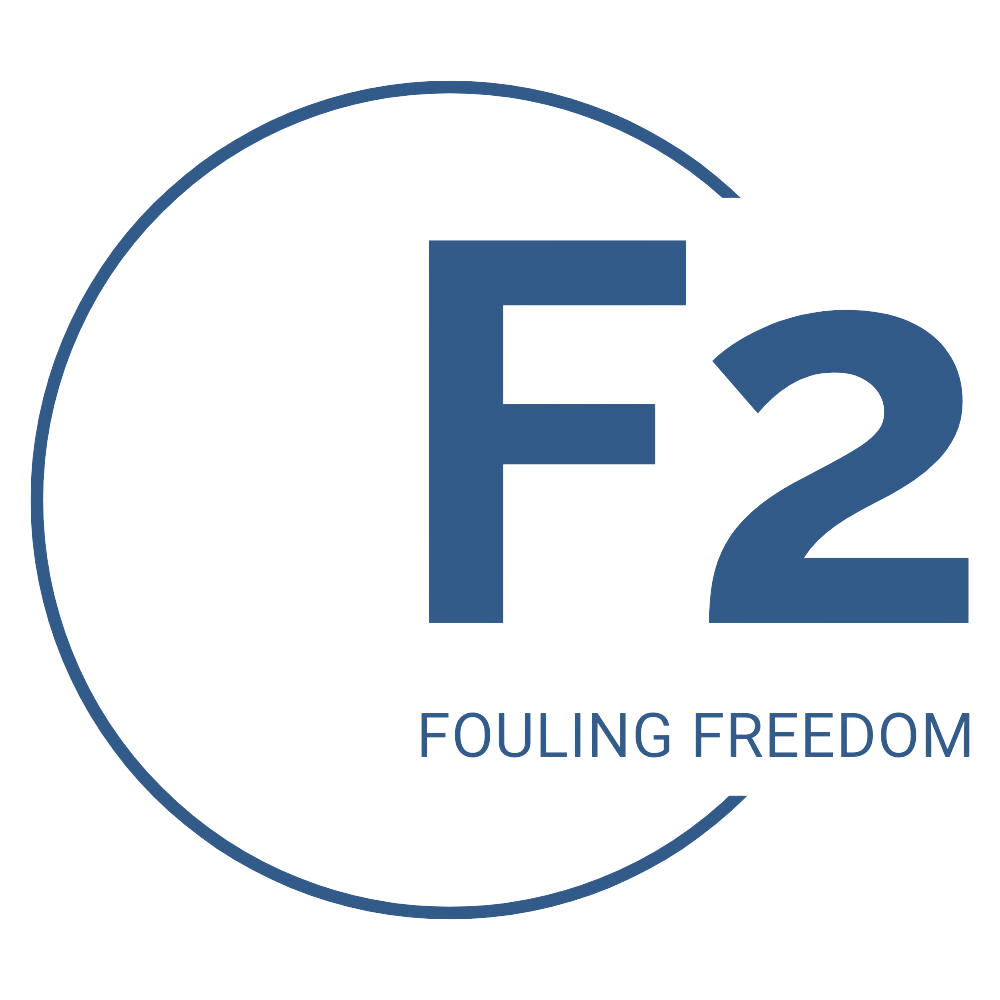
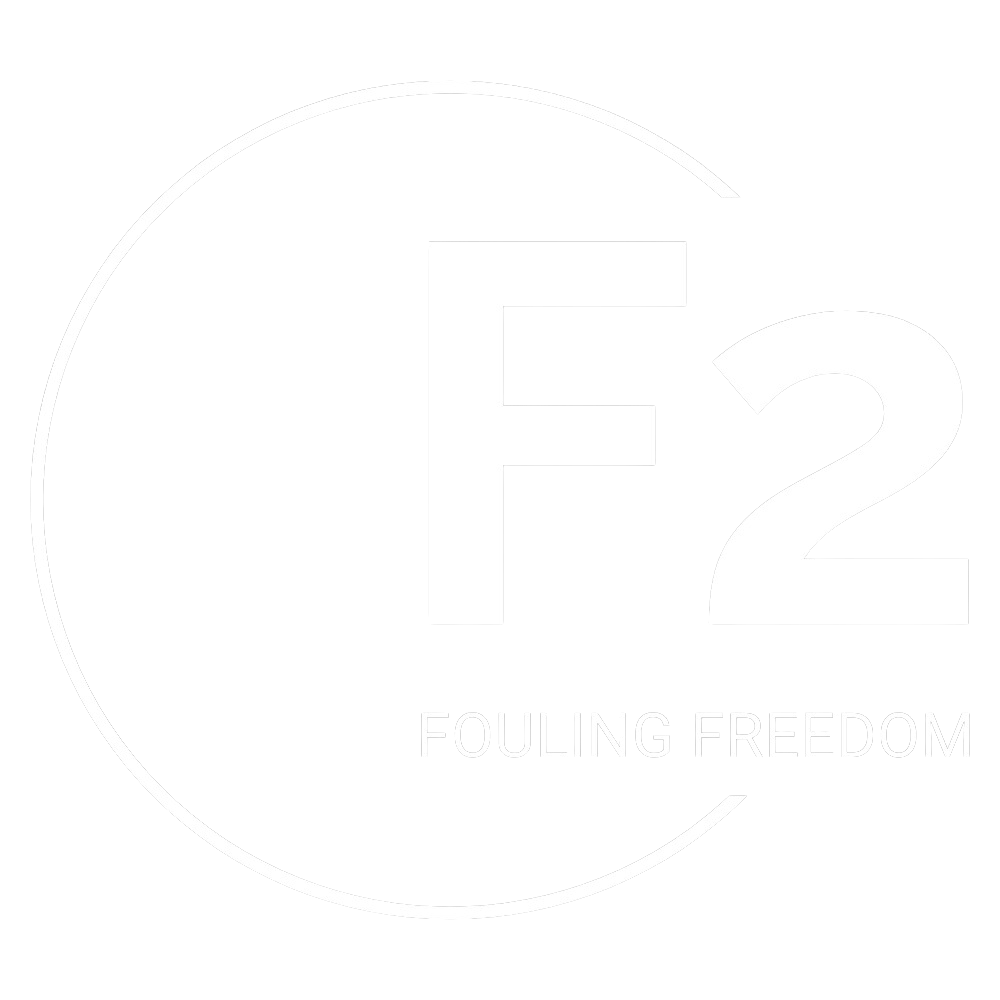
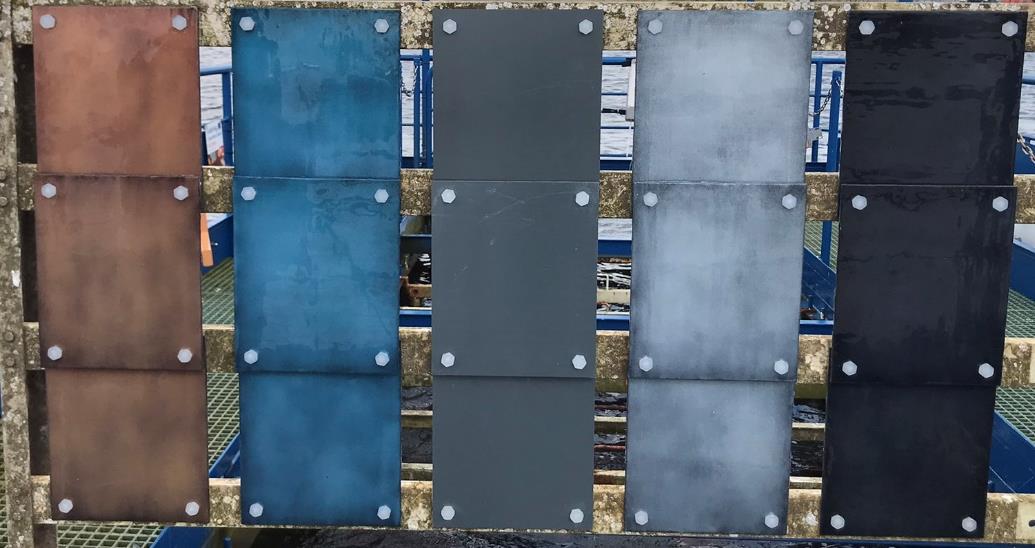
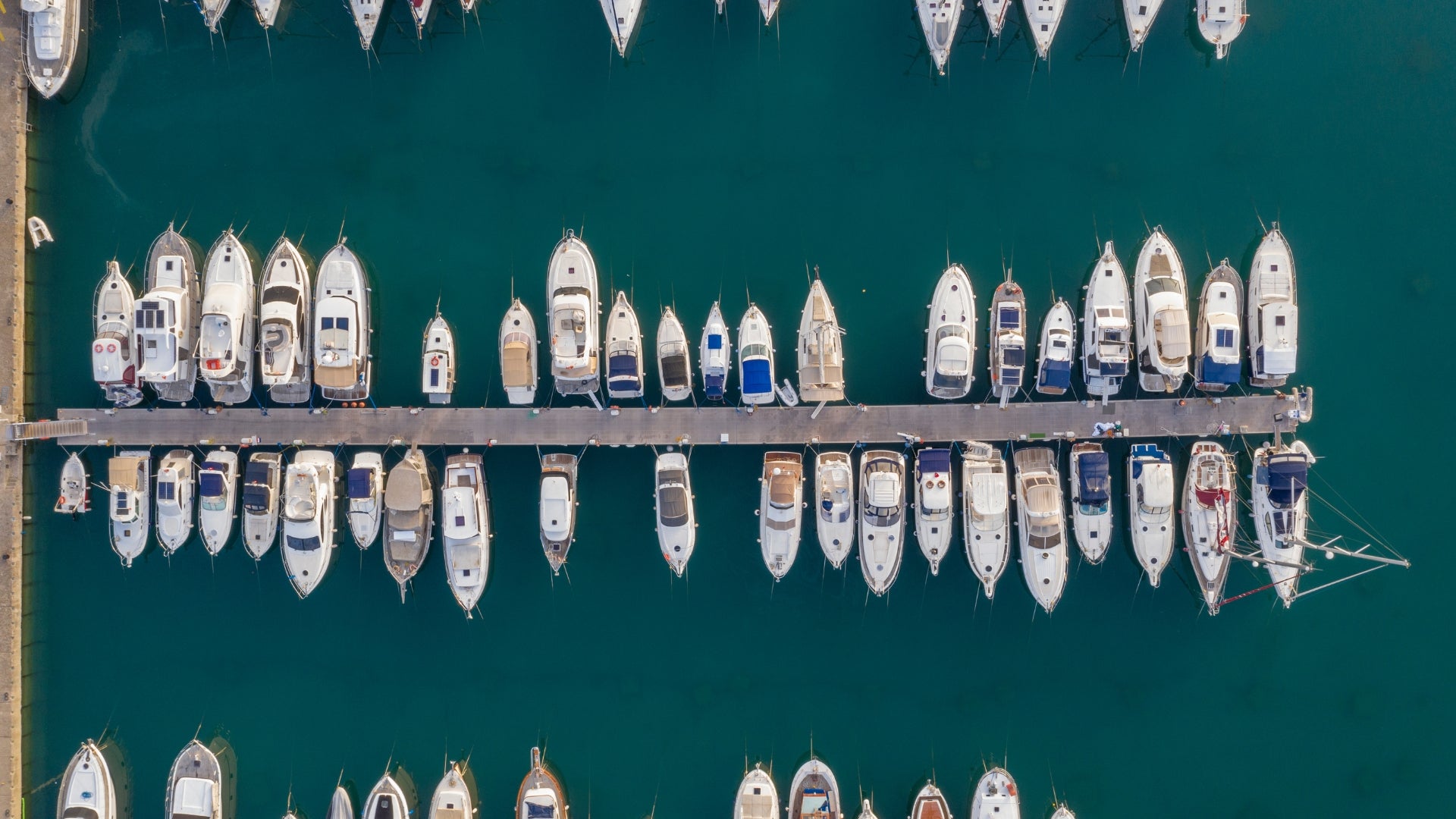
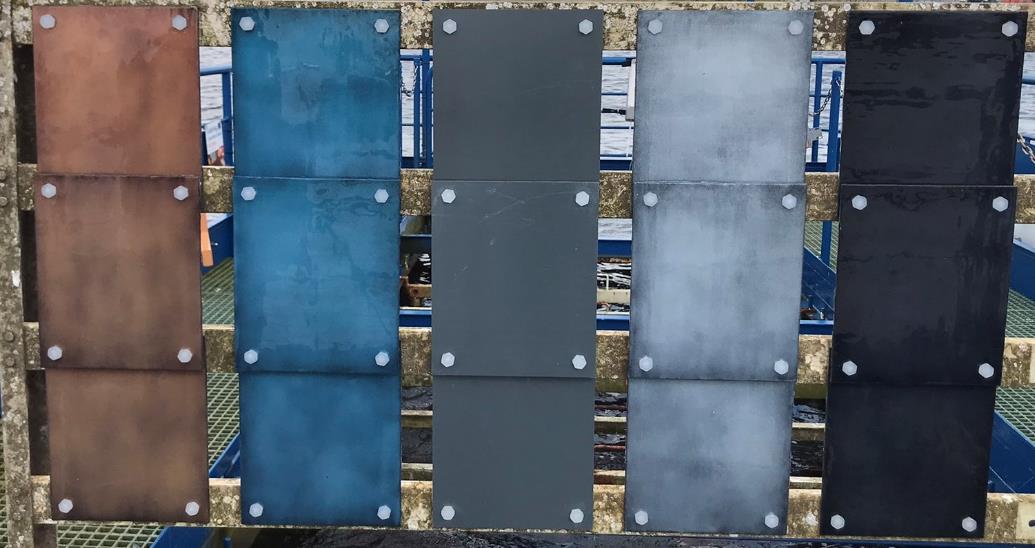
1 comment
Andreas Linke
Do you have partners in Fiji or Pacific
Leave a comment
This site is protected by hCaptcha and the hCaptcha Privacy Policy and Terms of Service apply.